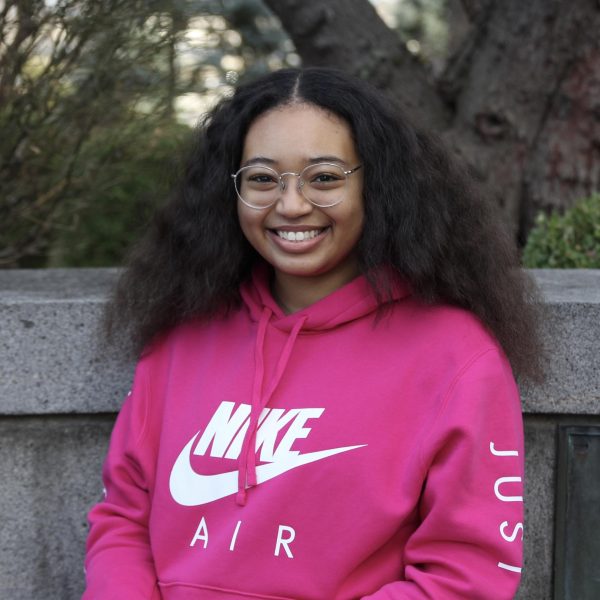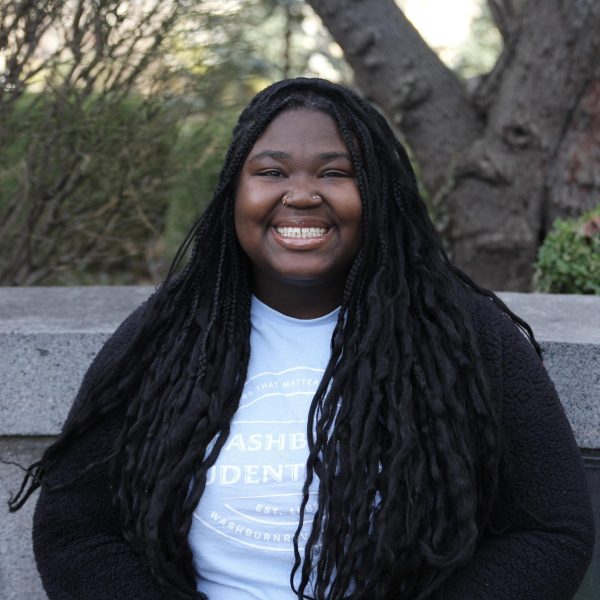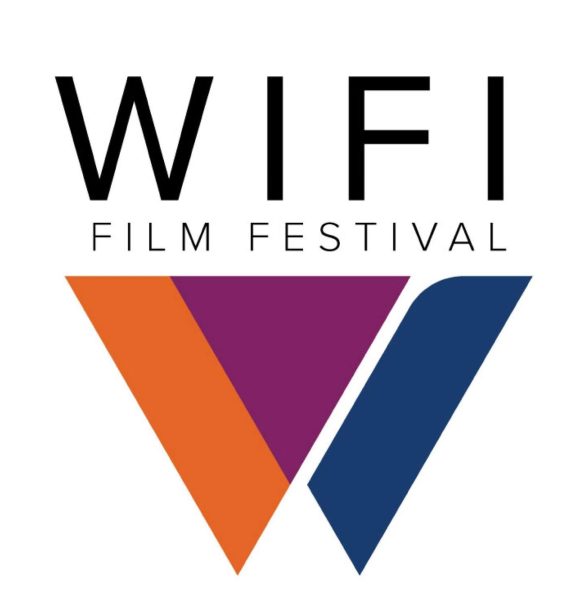
Topekans join together once again for the WIFI Film Festival 2024. This year’s festival was held April 20-21.
Much of the festival was held in the Topeka & Shawnee Public Library where various hosts led workshops. Each year the festival focuses its workshops on a specific theme aligned with WUmester. This year’s theme is community and belonging.
“The whole thing about WIFI is giving Midwestern filmmakers a place to show work. But I think that you know, I want to make filmmaking and everything film accessible to the general public. You don’t have to be in a special club to be a filmmaker, you just have to be interested and want to learn,” said Kristen Grimmer, acting chair of Mass Media and associate professor.
The festival started at 10 a.m. with Andy Farkas, associate professor of writing and fiction. Titled, “Movies Are Fine for a Bright Boy Like You: A Reading and a Talk About Humorous Film Conventions,” Farkas read excerpts of his work.
Each of the excerpts was written in great detail and used much creativity. Farkas provided advice for those looking to be more creative in their writing.
“I would say read a whole lot and then also take in a lot of art because all of that stuff is what has influenced me. And I would say that’s the number one thing is if you’re going to be a writer, you need to experience as many different things as possible,” Farkas said.
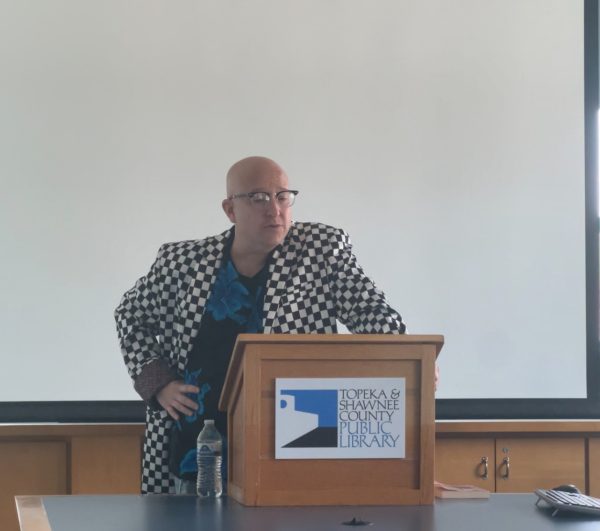
Farkas explained that in the process one may find things they like and dislike, yet finding those dislikes will help define one’s personal work.
At the same time CEO and Co-founder of IX Film Productions, Lolo Loren, discussed the art of filmmaking. Loren also described the art of making featured films compared to short films.
“To make a good short film that’s going to get into festivals and represent you well, you still want to think of having a strong narrative arc… because you still want a strong story, you want a character that ideally has an emotional journey,” Loren said.
Loren invited fellow CEO and Co-founder of IX Film Productions, Patrick Poe, to give more details into the process of creating feature and short films. Poe described there being difficulty submitting featured films to film festivals.
“We started making features and quickly learned making features is hard to get into film festivals because there’s more opportunity to show shorts…It’s a great calling card [short films], it’s like a business card, people want to see your short films.”
Also featured at this year’s film festival was Ethan Jackson, a host on V100, with a talk on music in film.
When creating a soundtrack composers aim to produce a balance of diegetic and non-diegetic music. Diegetic music comes from the film’s world and non-diegetic music comes from outside of the film’s world.
The key is to balance diegetic and non-diegetic music so that one enhances the other without drawing attention away from the story. It’s about using music to immerse audiences in the world while also communicating what isn’t said,” Jackson said.
At the end of the workshop viewers created their own soundtrack and shared it amount each other.
Christian Watkins, an ordained minister and associate producer of “The Pulpit,” discussed how religion can be seen in film. Having studied religions and community advocacy, Watkins presented different types of religious films, mainly those focused on Christianity. She also described the different themes often seen in religious films such as evangelicalism, love, revelation, etc.
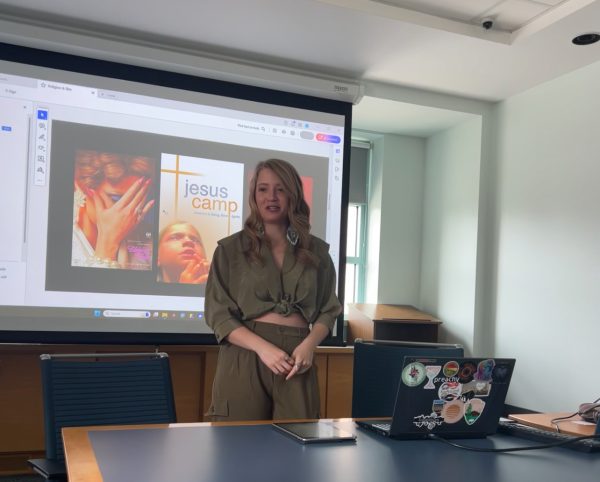
In creating these films, some are made to be against religion like the movie “Religulous,” to evangelize, much like the film “Jesus Camp” and others fit into the social justice category such as “Come Sunday” or “Selma.”
Later in the afternoon, Ivy Sunderji, a writer and producer, also hosted a workshop. With great experience in scriptwriting Sunderji touched on the process of writing for scripts and how to go about them.
Pamela Schmidt, professor of accounting, wrapped up the workshops by revealing the magic of Hollywood, SFX.
During this workshop Schmidt talked about how technology helps with storytelling and the impact it has had on the film industry.
In the film Jurassic Park the creatures had metal frames inside and a measuring tool was used. To improve their methods of creating realistic interactions they would add some motion blur which made the movements of the creatures almost seamless. Animatronics were used for attacks and multiple models were made for one creature to get different scales of them.
“I like to figure out how things work and if I can do it too,” Schmidt said.
During production sometimes the animatronics would get too wet and cause them to shake on camera. This slows down production while also making it harder to use animatronics on a consistent basis. To solve this problem they used computer generated imagery which allows them to recreate the characters in a more realistic manner.
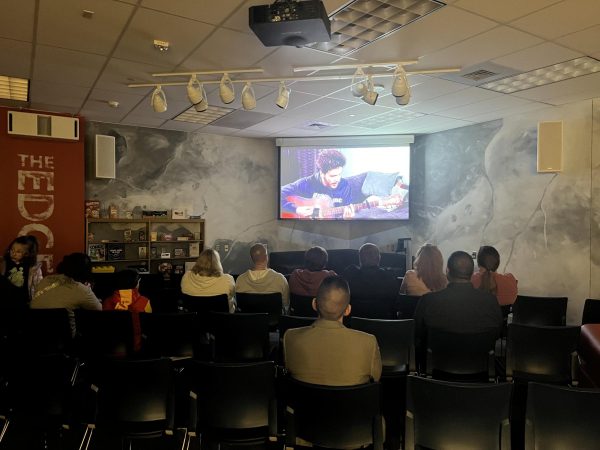
“Digital effects CGI allows you to create 3D objects if you can make them look realistic. You have to start with a wireframe or shape. But then you can put it together to create an interaction,” Schmidit said.
For the creatures CGI they used all of the designs they had before which helped to make the famous T-Rex car scene realistic.
Grimmer saw some improvements in the turnout to the workshops this year and supporters of the submitted films.
“I’m really pleased actually, we had most of our workshops had, you know, attendees in it. I wouldn’t say they were super packed, but they were definitely better attended than last year, Grimmer said. “And we had a steady flow. of people in and out to watch the films all day long. Which was really nice.”
Be sure to check out the WIFI Film Festival website to learn more and follow their social media (Instagram and Facebook) to stay updated on all things WIFI.












